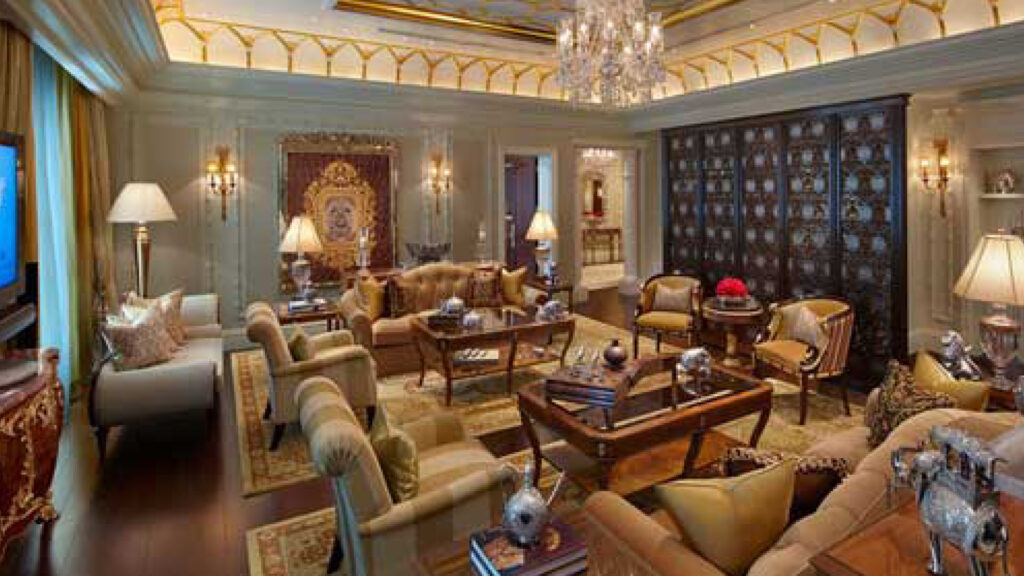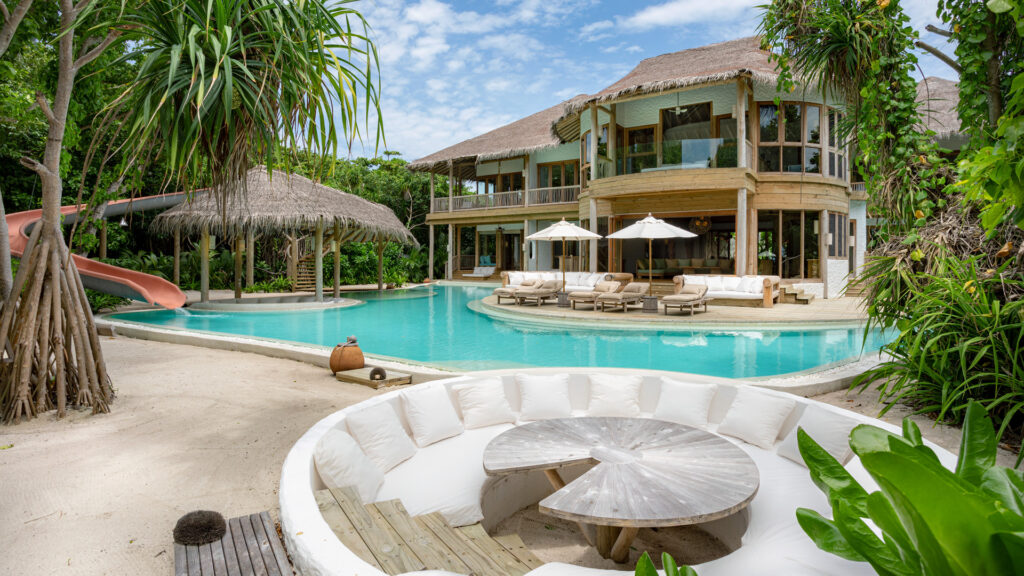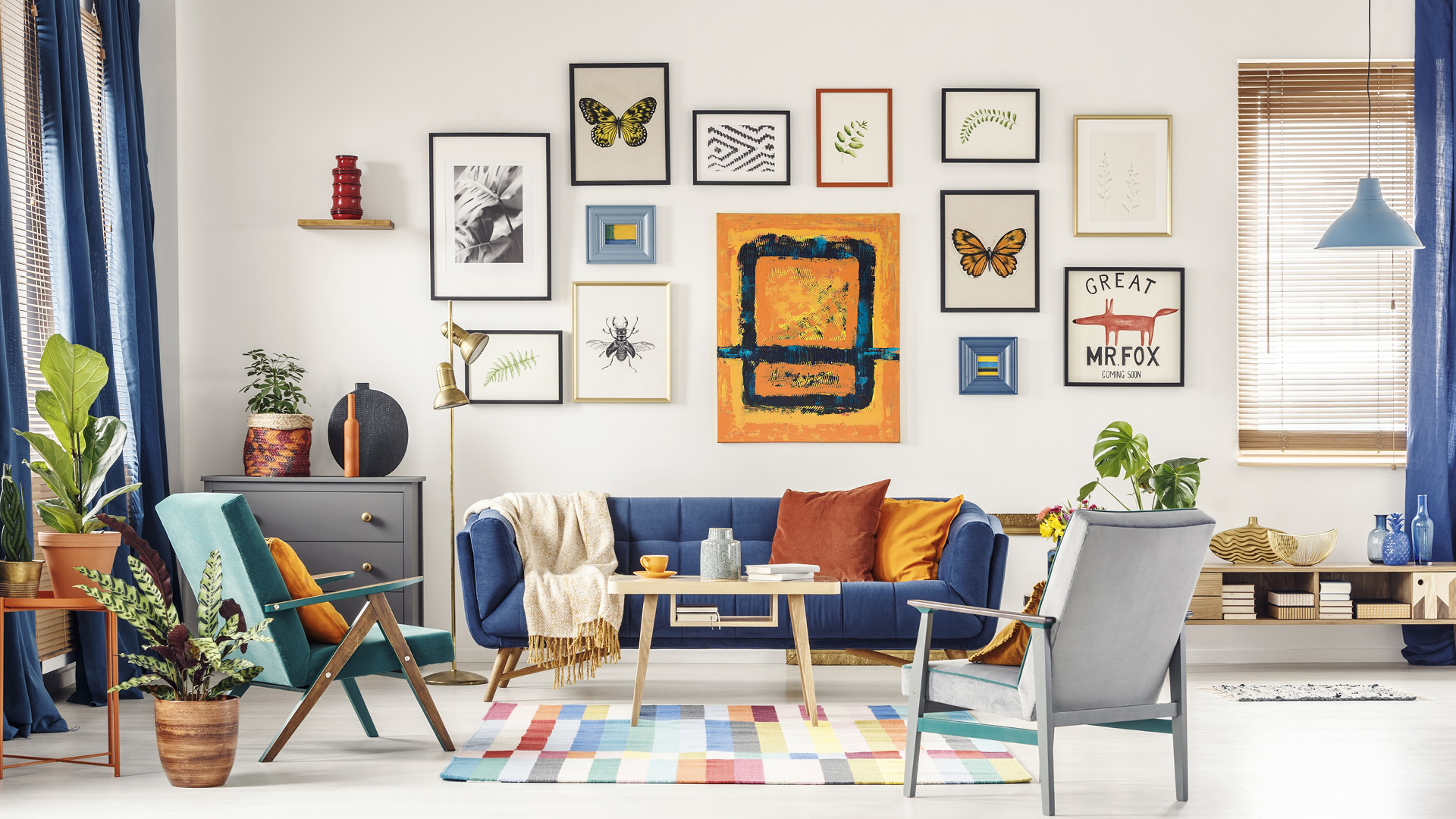We speak to some hospitality experts to decode the relationship between design and luxury.
By ANAND KAPOOR
Smart design underpins the overall luxury experience—no wonder then, the global hospitality sector has been focussing on design aesthetics that please the luxury traveller.
GOING BEYOND GILT
“Often, people refer to gold and gilt as a luxury, but that is wrong. Luxury is not just about objects but a philosophy,” believes Sonu Shivdasani, founder and CEO of Soneva, the ultra-luxury eco-resorts chain in the Maldives and Thailand, “Essentially, luxury is anything which is rare, which is not commonplace, which is new to someone, but also true. It must strike a chord in your heart when you experience it.”
Luxury may not necessarily be tangible. If a hotel earns the moniker of being a luxury property, they then must deliver on that claim, because high-paying guests have a right to expect high standards. It is this right that allows them to expect excellence in service—in rooms, at dining and in everything that the luxury hotel offers.
However, when it comes to design and architecture, the intangible kicks into overdrive as it becomes a very personal aspect. People are unconsciously and consciously attracted to good design. Over time, an intersection between technology, sustainability and design has emerged to play a truly transformative role in how luxury is experienced.
TECHNOLOGY & DESIGN
Architect and interior designer Bill Bensley unapologetically states, “Luxury is DEAD. There is no point in designing lavish hotels just to put heads on beds—every hospitality project should have a purpose.”
This ethos has been taken to heart by ITC Hotels, where they have incorporated technology with a purpose at ITC Kohenur in Hyderabad. They have used technology in the very fabric of the building, which has been mapped for radiation, post which radiation protection chips have been installed to make the property radiation neutral—truly intangible luxury. To top this, they have explored the effect of magnetic fields on sleep. This has influenced the position of the bed and, thus, the layout of the room. All these latest design elements are not visible on the surface, but they simply combine to make it ‘feel right’.

Most hotels these days are using technology in a more obvious way to simplify our lives. For example, it is always awkward giving feedback when the person you are speaking with is hovering around you. The Fairmont Jaipur uses marble slabs with QR codes for guest feedback, which exemplifies the bridge between traditional materials and modern requirements. Louis Sailer, the ex-general manager at The Leela Palace Chanakyapuri and now founder of Nullus Ineptias (a hospitality asset advisory firm), predicts, “Augmented Reality will become a future trend in lobby design, replacing the traditional concierge with panels or virtual kiosks in public areas, with instant access to information on local sites, shops, restaurants, reviews and things to do.” This is already happening at hotels such as the Four Seasons Orlando, where interactive elements are in the lobby to help you plan your day!
ETHICAL LUXURY
With guests increasingly choosing their accommodation based on experiential and ethical travel, designers have had to step into action to cater to this demand. A trend that originated in the farm-to-table push, a few years ago, has extended into design—where sustainability and renewability, respect for location and materials play a crucial role. This means that hotels are veering away from using fancy Italian marble that scream luxury, only to softly announce an immersive experience through a locally sourced unified palette of materials.
This is exactly what Kapil Chopra has done at his Postcard Hotels & Resorts. He says, “We have used local stones including kadappa at our hotels in Goa. We have used indigenous materials such as laterite for the walls and outdoor paths, and Goan-tiled floors and Mangalorean-style roofs, to create an authentic experience.”

This trend of returning to simplicity is well echoed in the materials used at Vana, a wellness retreat in Dehradun. “The design philosophy here at Vana is based on contemporary shapes and sustainable materials such as bamboo, which grows in abundance in our neighbourhood,” confirms Jaspreet Singh, the property’s Executive Director.

The use of locally sourced materials and skillsets is something that caught the imagination of Bill Bensley when he was designing the iconic Oberoi’s Vilas properties and the stunning Leela Palaces. Through his love affair with local craftsmanship, he discovered his signature stamp for his Indian properties—thikri work. He redesigned its use in a contemporary way while retaining its core beauty. This glass and mirror inlay work that originates from Thikri village in Rajasthan adds to the intangible quality of his design.

The importance of respecting your environment plays a crucial role in the design process. The late American architect Ed Tuttle was conscious of this when he designed one of his last great projects, Amanbagh in Rajasthan. He worked with local materials and artisans to create unique items for the hotel, such as marble bathtubs carved miraculously from a single piece of marble.

However, many brands get it wrong and try to enforce a culturally inappropriate thematic onto their design. This leads to a disturbing cultural appropriation, which can be offensive. A great example of carefully considered cultural appropriation is the use of Tadelakt at the Fairmont Jaipur, where they have used the ancient Moroccan exterior plaster finish on the bathtubs of all guest washrooms, walls and floors.

Related: Here’s Why Jaipur Is Fast Becoming A Contemporary Design Hub




